It's been 100 years since Lenin and the Bolsheviks overthrew the government, and its legacy remains visible even today in the buildings and monuments scattered throughout St Petersburg.
T N Ninan takes a walk through history.
Please do click on the images for the full screen.
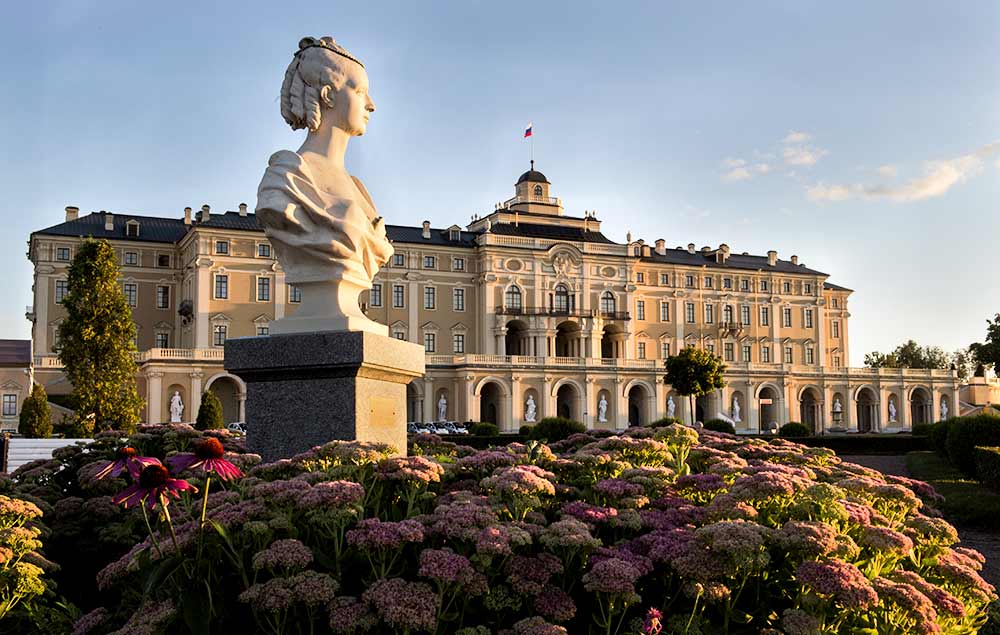
St Petersburg has all the ingredients for an unforgettable travel experience: High art, lavish architecture, an extraordinary history and rich cultural traditions. Photograph: Guneev Sergey/RIA Novosti/Getty Images
Your first thoughts of St Petersburg would be of the Tsars; the Hermitage Museum; the sundry palaces in neighbouring towns; of the city's builder, Peter the Great; and his successor about a century later, Catherine the Great.
Both rulers were keen in their different ways to give Slavic Mother Russia a European face, and to embrace European culture.
Peter's project was the city itself, which he built in neo-classical and baroque architectural styles with the help of architects from France and Italy; hence fewer onion-domed churches of the kind that dot Moscow.
Catherine's legacy is the Hermitage, with its mammoth collection of mostly Western art -- collected indiscriminately, much of it sight unseen.

An aerial view of St Isaac's Cathedral in St Petersburg.
The sheer grandeur and history of Russia's imperial capital never fails to amaze, but this is also a city with a revolutionary spirit. Photograph: Guneev Sergey/RIA Novosti/Getty Images
The city known initially as Petrograd, then Leningrad, is also the city of Fabergé and his exquisite eggs -- their largest collection is in the city, at a private museum.
Cheap copies -- some quite well made and still affordable -- can be bought at souvenir shops all over the city.
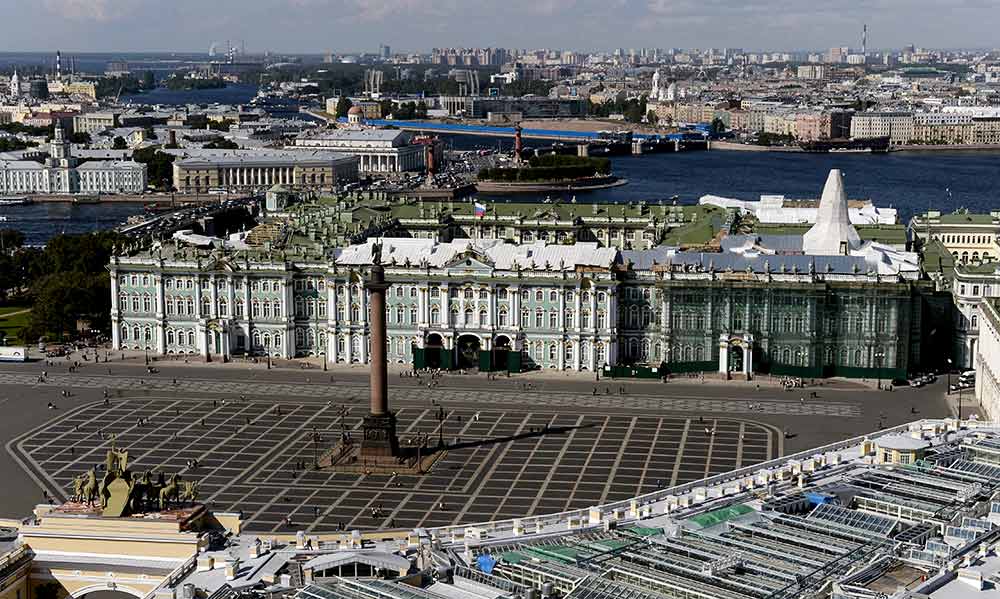
The Tsar's Winter Palace dominates Palace Square.
The palace was designed by many architects, most notably Bartolomeo Rastrelli, in what came to be known as the Elizabethan Baroque style.
The green-and-white palace has the shape of an elongated rectangle, and its principal façade is 250 metres long and 30 metes high. Photograph: Guneev Sergey/RIA Novosti/Getty Images
As the centenary of the first Communist revolution approached, you could also look at St Petersburg as the city of the Revolution -- for this is where the Bolshevik coup took place.
Dotted on its map are the places where you can retrace history, beginning with the final hours of action at the Tsar's baroque Winter Palace, which abuts the Neva river to the north.
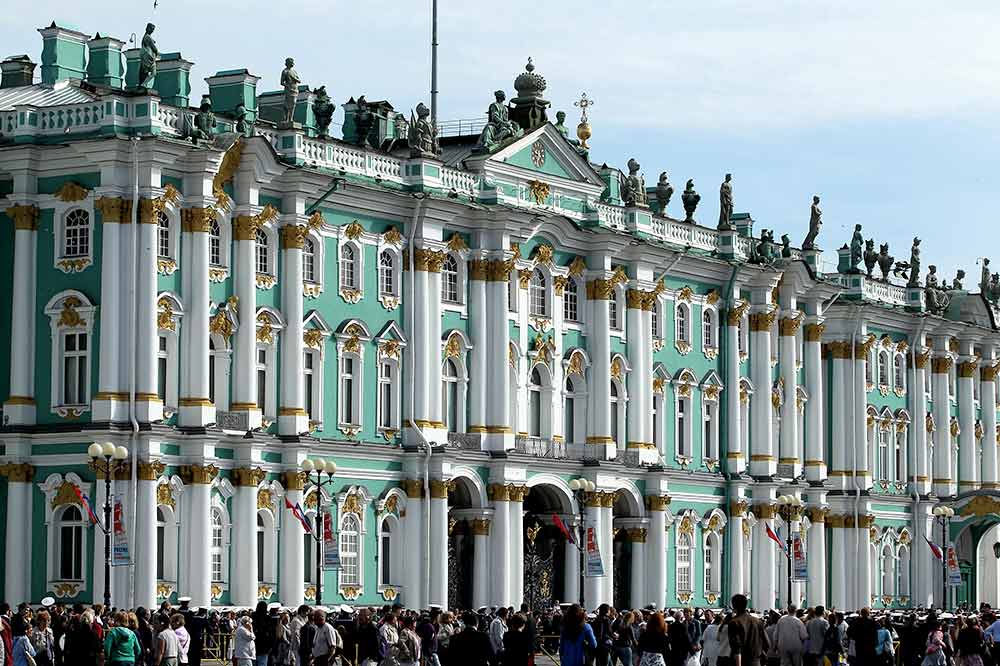
The restored palace today forms part of a complex of buildings housing the Hermitage Museum.
This is one of the most visited spots in St Petersburg and one will always notice a crowd here. Photograph: Sean Gallup/Getty Images
The building (more correctly buildings) is now home to the Hermitage. Long queues of visitors stretch into the gigantic Palace Square outside the main entrance, virtually till closing time.
But if you book in advance on the Web site and pay a little extra, you can escape the queues through a side entrance.
The Tsars did not much like living in the Winter Palace though it was their official seat for nearly three centuries. It had been stormed once by disaffected residents of the city in 1905.
The Romanovs, therefore, preferred the safer confines of Alexander Palace 30 kilometres away, at a town now called Pushkin, and Peterhof, which is Russia's answer to Versailles.
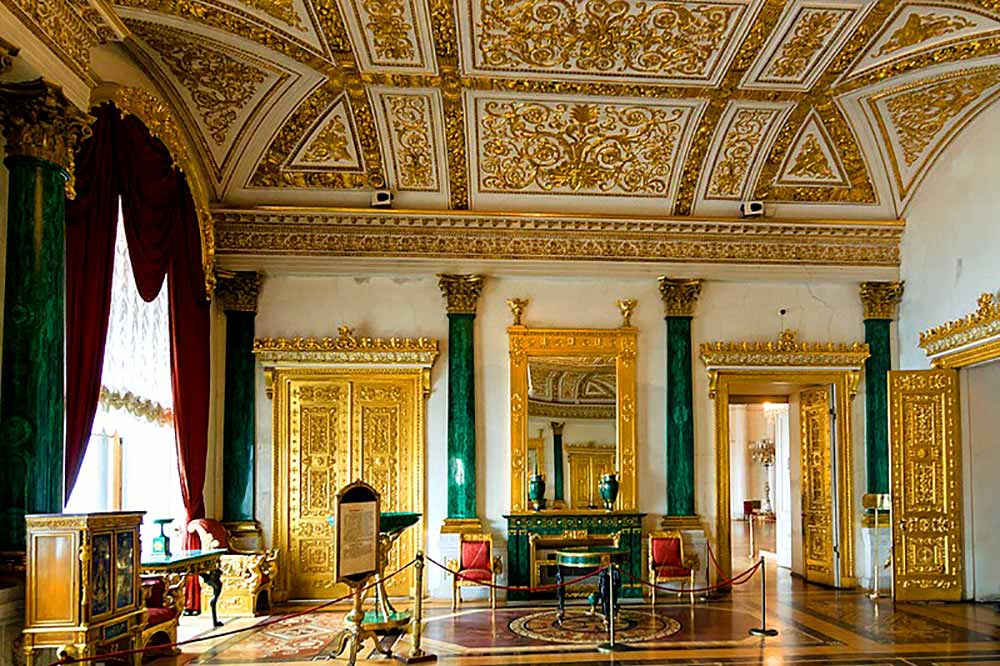
The Malachite Room (Alexander Briullov, 1839) served as the drawing-room of Empress Alexandra Fiodorovna, Nicholas I's wife.
Sixteen marble columns and fireplaces were carved from two colours of malachite from the Ural mountains, creating a lovely mixture of green and gold. Photograph: Kind courtesy saint-petersburg.com
But the Winter Palace is where the Revolution happened.
Inside and upstairs is the Malachite Room (one of more than 1,500), its doors covered in the gilt so beloved of the Tsars and a hallmark of their buildings, here and in Moscow's Kremlin, four hours south by bullet train.
The room has malachite pillars and fireplace, and a massive malachite vase -- the green mineral is striking as always for the richness of its colour, combining wonderfully with the gold. The overall effect, though, is like the rest of Tsarist style: Tending to excess.
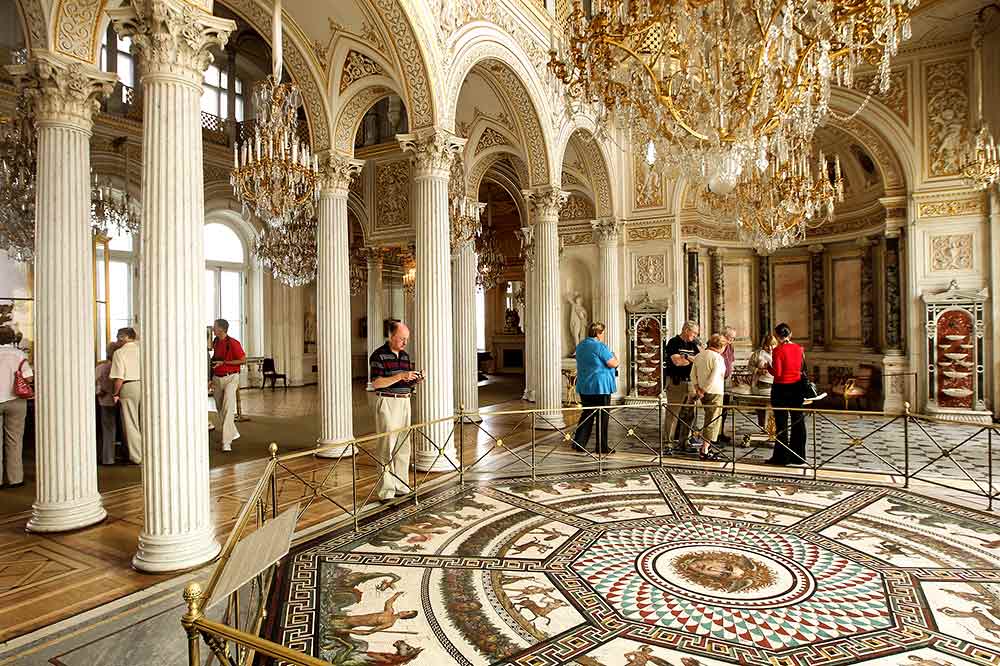
Visitors look at a floor mosaic in the Pavillion Hall at the Hermitage museum.
The museum, founded in 1764 by Catherine the Great, has approximately three million objects in its collections, including the most paintings of any museum. Photograph: Sean Gallup/Getty Images
This and its neighbouring rooms is where the Duma-mandated provisional government of Alexander Kerensky settled in, after Tsar Nicholas II abdicated while in a railway saloon parked in a siding.
But before long, Kerensky was facing Bolshevik fire from the Aurora cruiser that had steamed into the Neva, and from the Peter and Paul Fortress on the far bank.
A few shells burst through the palace windows. They didn't do too much damage, but the provisional government's days were numbered, and it was in the Malachite Room that Kerenksy held his last crisis cabinet meeting in evening darkness.
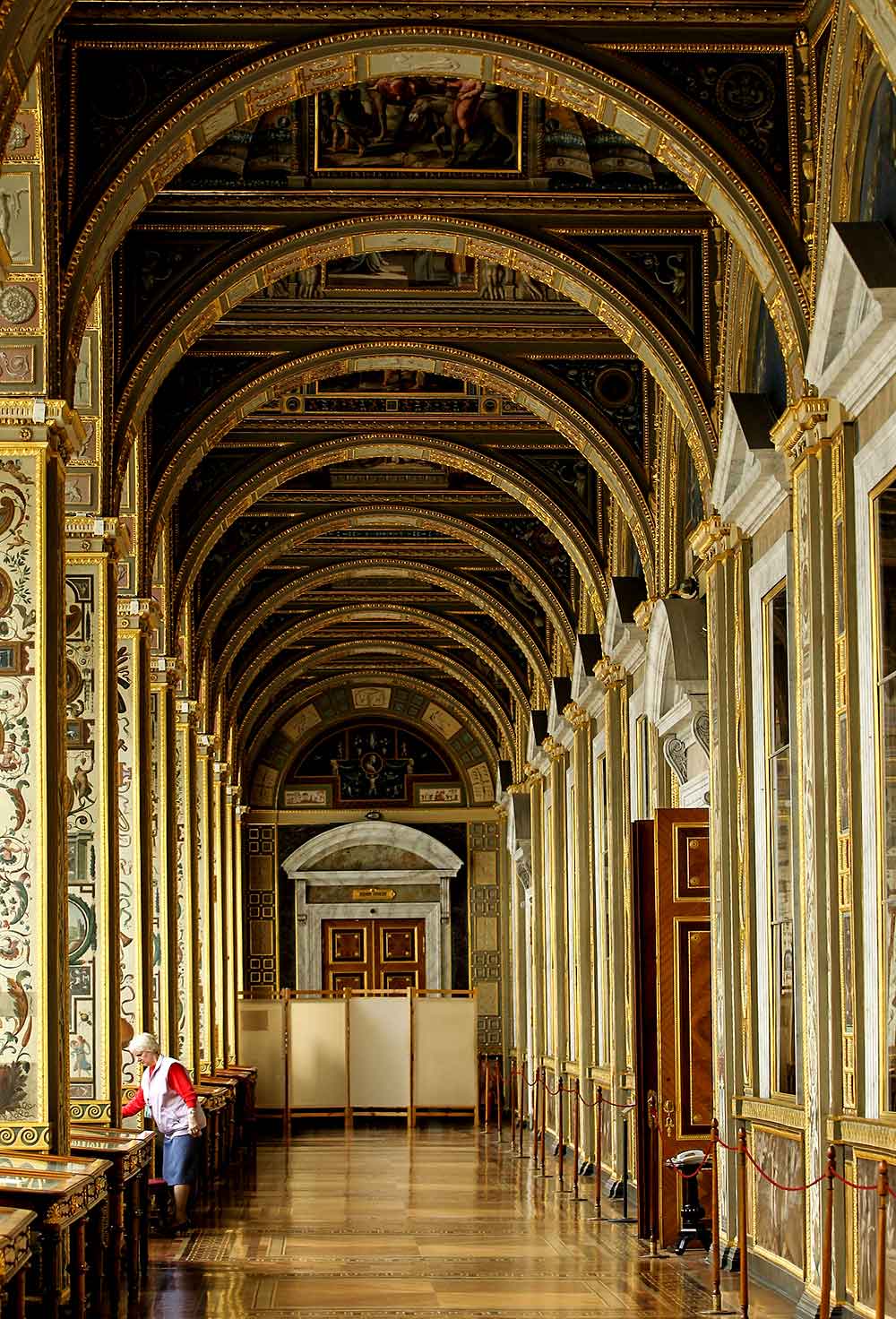
Located inside the Hermitage Museum is the Raphael Loggias.
The Raphael Loggias are the copy of the gallery in the Papal palace in Vatican City.
The frescoes of the open loggias of the Papal palace were painted after Raphael's sketches.
The loggias vaults are decorated with scenes from biblical stories, the walls are covered with paintings with ornamentation motifs. Photograph: Sean Gallup/Getty Images
Kerensky himself had taken to using the Tsar's library next door -- covered with wood panelling -- for his meetings and paperwork.
When units of the Red Army finally stormed the palace at night, he and his cabinet were arrested from an adjoining private dining room.
The Bolshevik coup had succeeded though the Revolution needed five years of civil war before the creation of the Soviet Union could be announced in 1922.
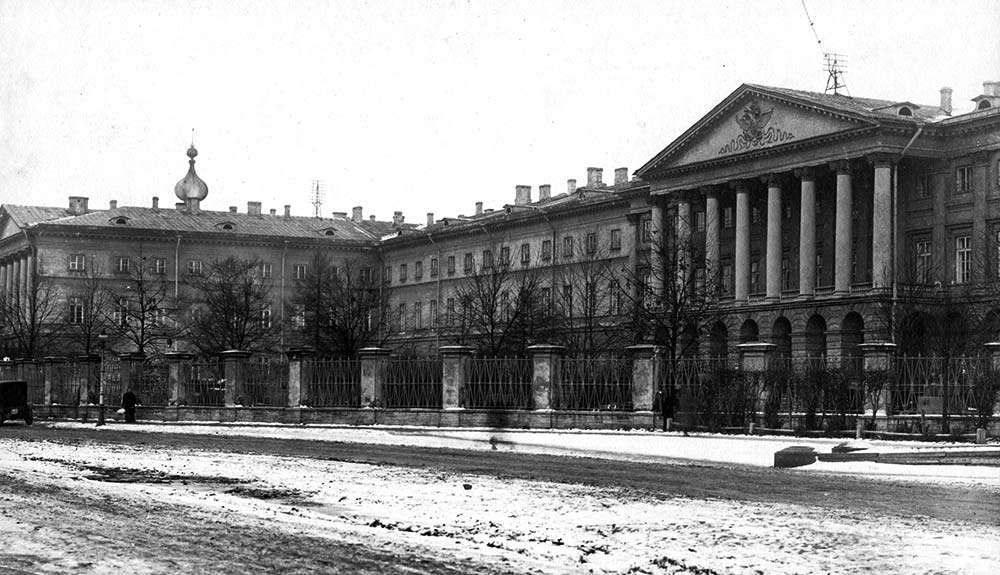
Built by Giacomo Quarenghi between 1806 and 1808, the Smolny Institute was thrust into the limelight in 1917 when it became the headquarters for the Bolshevik central committee and the Petrograd Soviet.
The Smolny Institute served as the seat of Soviet power until March 1918 when the capital was relocated to Moscow.
In 1934, Sergey Kirov -- the powerful Leningrad party chief -- was assassinated in its corridors, on orders from Stalin. Photograph: Hulton Archive/Getty Images
Off to the east of the city, after the Neva takes a sharp turn, is the Smolny Institute, started in 1806 for 'noble maidens' after Catherine the Great decided that women needed to be educated.
The large Palladian building is where Lenin formally announced the Revolution in 1917, and it was his choice as home and office for several months until -- fearing invasion -- he moved his base to the secure Kremlin (Russian for citadel) in Moscow.
The Smolny building remained the local headquarters of the Communist party, and it was in one of its rooms that one of Stalin's closest comrades and possibly main rival, Sergey Kirov, was shot in 1934 -- providing an excuse later for Stalin's Great Purge.
St Petersburg's theatre for its illustrious ballet company, rivalling the Bolshoi in Moscow, was named after Kirov during Soviet rule, and re-christened as Mariinsky after that regime fell -- when also the Romanovs' double-headed eagle emblem was restored to the front gates of the Winter Palace and elsewhere.
Eager to see where Lenin had made history, I showed up at Smolny's front gates, after finding my way through a large park at the edge of which the cab driver had dropped me.
A statue of Lenin dominated the forecourt. Two burly guards blocked any attempt at entry. Like most people in the city, they spoke no English other than 'No tourists'.
Exceptions can be made if you book a week in advance, but I hadn't known that.
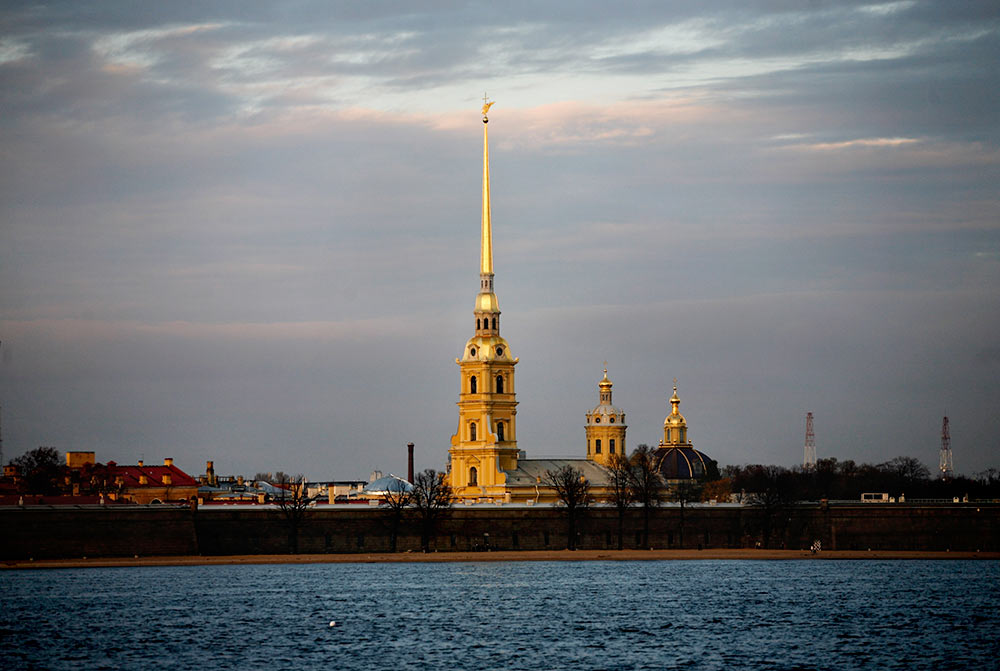
The Peter and Paul fortress is the first structure to be built in St Petersburg, and thus the birthplace of the city. Photograph: Harry Engels/Getty Images
Entry is easier to the Peter and Paul Fortress, built on a small island across the river from the Winter Palace.
You cross a moat, walk around a high wall and get to a small cathedral where lie buried the founder of the city, Peter the Great, and his successor Romanovs -- including Catherine, who was German and believed to have killed her useless husband, Peter III, before taking charge herself.
There is a separate small room for the last Tsar -- the incompetent Nicholas II, his unpopular Czarina Alexandra (think Rasputin) and their children, shot by the Bolsheviks.
Decades later, their remains were discovered under a dirt road, and re-interred where they now rest alongside Nicholas' ancestors.
Among other changes in post-Soviet Russia, the church has got back its vast assets (including the city's St Isaac's Cathedral, with its exuberantly colourful iconography), and in turn declared Nicholas and his slain family to be martyred saints.
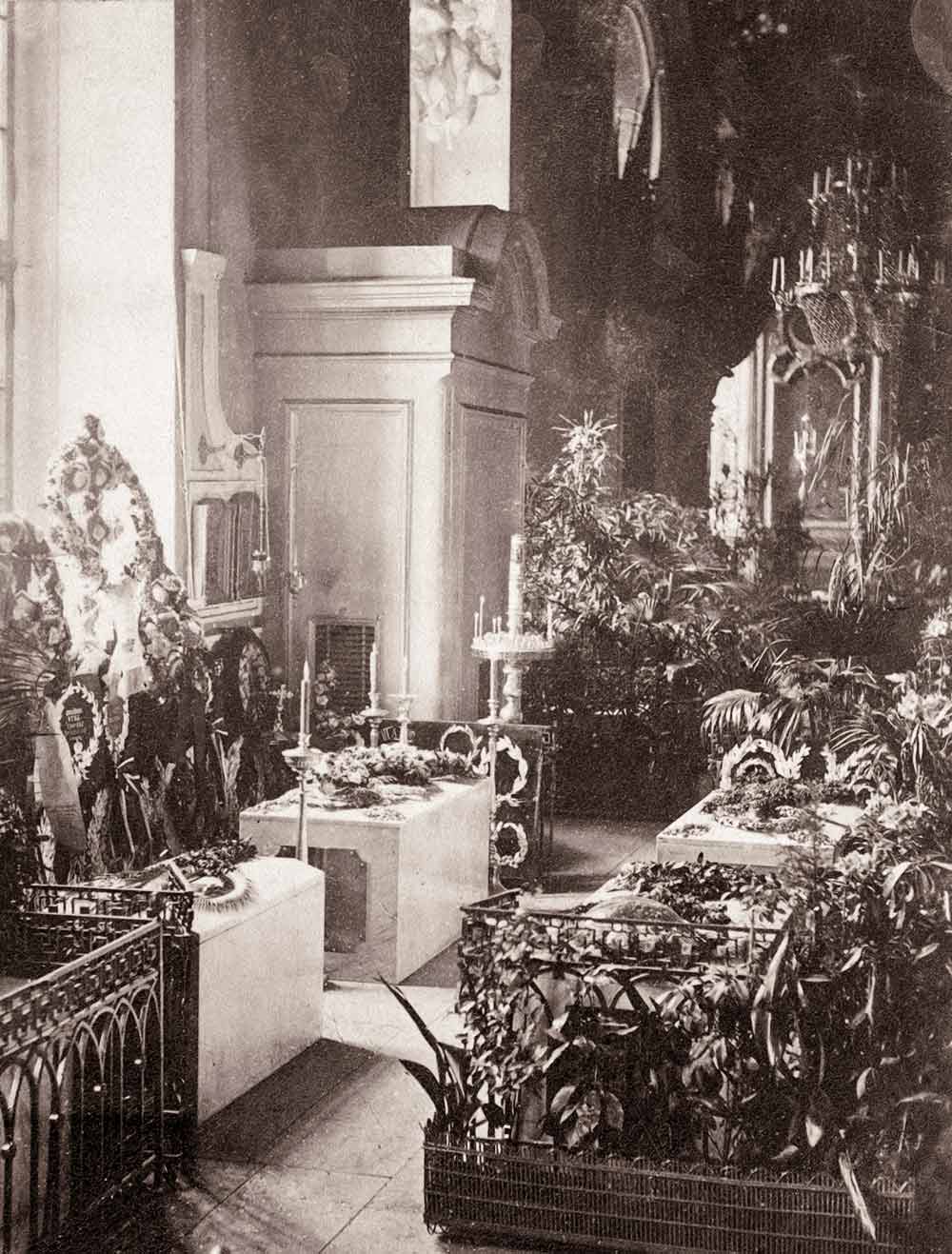
Tombs of the Russian imperial family in the Peter and Paul Cathedral inside the Peter and Paul Fortress. Photograph: Hulton Archive/Getty Images
Off to one side is a museum that tells the history of the city. And nearby, surprisingly close to the cathedral housing the Tsars' graves, is the Trubetskoy Bastion prison where the to-be 'saints' had kept their political prisoners in a row of single cells -- including Maxim Gorky, Leon Trotsky and Lenin's older brother.
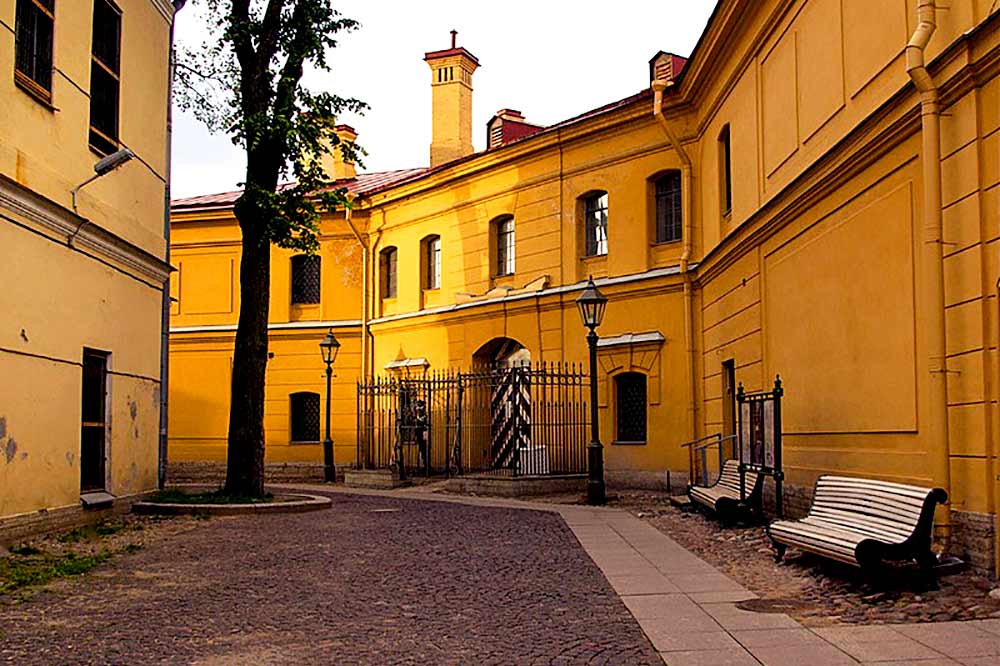
Completed in 1872, the prison in the Trubetskoy Bastion became the main destination for political prisoners in the final decades of Tsarist rule.
The prison has housed celebrated zoologist and anarchist Pyotr Kropotkin; Alexander Ulyanov, Lenin's elder brother who was hanged for his role in an attempted assassination of Alexander III; Leon Trotsky, arrested for his role in the St Petersburg Soviet of Workers of 1905 and the writer Maxim Gorky. Photograph: Kind courtesy saint-petersburg.com
You can walk through the prison and look in at the cells -- slightly larger than England's isolation cells of Victorian times (13 feet by 7 feet), with an iron cot covered by a hard mattress, a blanket and two pillows.
Also a bedside shelf, a gut bucket, and tap water above a small washbasin. Prisoners were allowed tobacco and reading material, as well as a teapot and mug. They could buy extra food with their own money.
Heating was provided for the bitter Russian winter, unless you misbehaved.
A small punishment cell on every floor had no heating in sub-zero temperatures, and possibly no mattress; so the prisoner had to lie on the iron grill of the bed.
By morning, your back would be covered with red welts where shivering flesh had rested (if that's the word) on cold frozen iron.
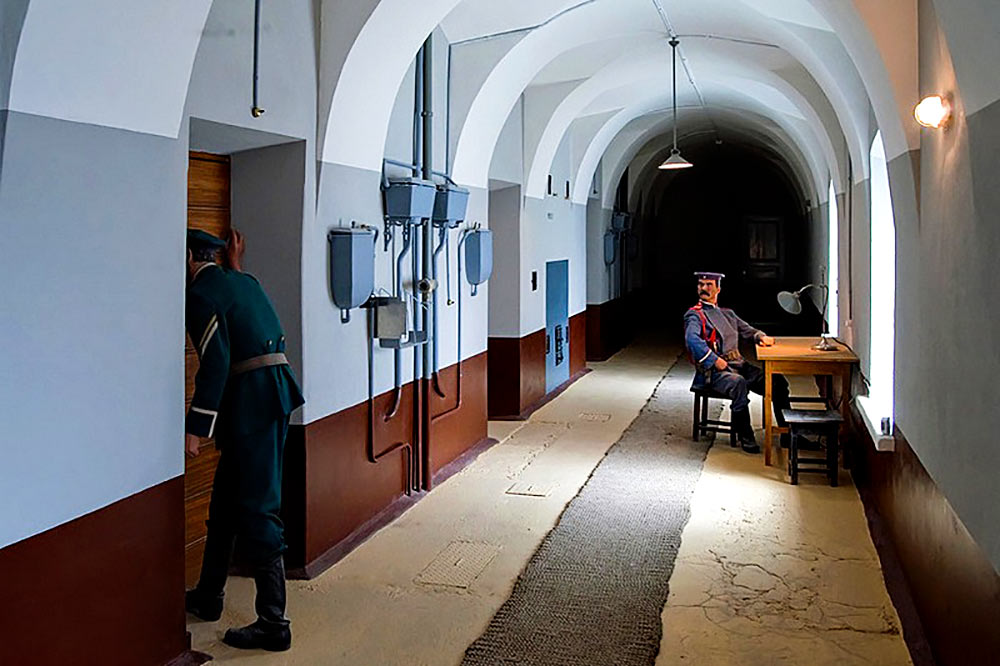
Visitors to the exhibition get a chance to see the walls and cells of this forbidding building recreated exactly as they would have been in different eras of the prison's existence. Photograph: Kind courtesy: saint-petersburg.com
If the Tsars were autocratic and repressive, things quickly got worse with the Revolution, the start of Red Terror and mass arrests.
Prisoners were held in the basement of the Smolny Institute where Lenin lived and worked, and in barracks and concentration camps that had sprung up.
At the Trubetskoy Bastion, the rush of prisoners meant that they did not get food or the minimal facilities provided earlier by the Tsar.
And where Trotsky and Gorky (coincidentally occupants of Cell 60, at different times) had survived short periods of incarceration, the death sentence was now re-introduced and proceedings quite summary.
There was no need for formal charges, and the investigator did not need to collect evidence before you were interrogated and shot.
Lenin had advised, 'We must encourage the energy and mass character of the terror against the counter-revolutionaries and particularly in Petrograd, the example of which is decisive.'
Grand dukes who were the Tsar's uncles, generals in the imperial Russian army and adjutants to his Imperial Majesty were all taken to the Trubetskoy, stripped in the bitter cold and, in the pre-dawn hours, executed at a spot near the cathedral where a mass grave had been dug.
But it was not just Lenin's counter-revolutionary targets that got caught in the Terror, millions of ordinary people did too.
As with the French Revolution, the Russian Revolution too would swallow up most of its revolutionaries -- in Petrograd and elsewhere in longsuffering Mother Russia.






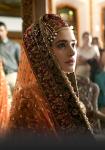
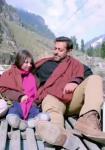
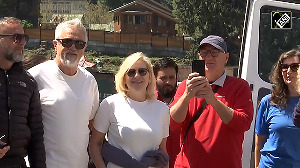


 © 2025
© 2025